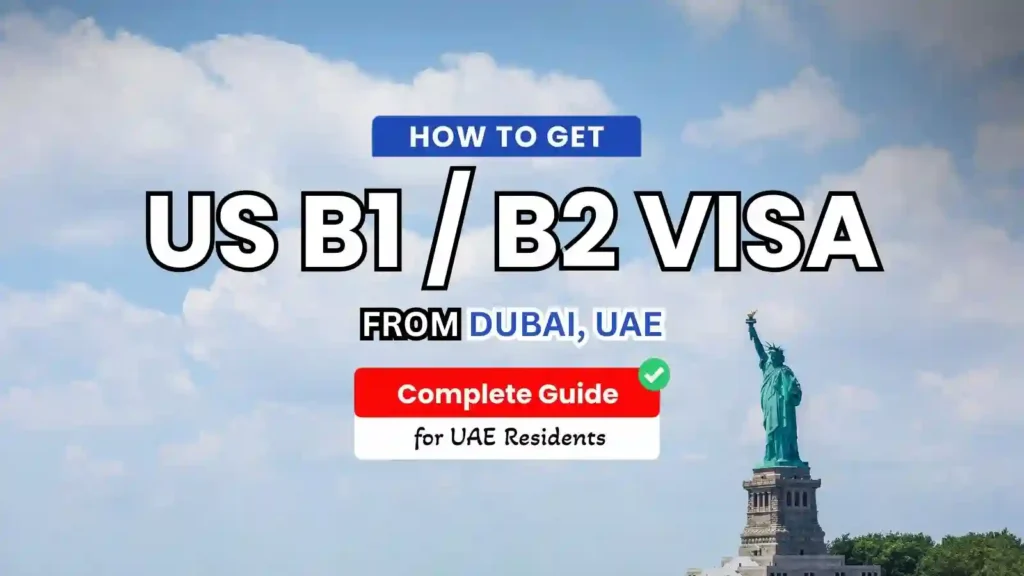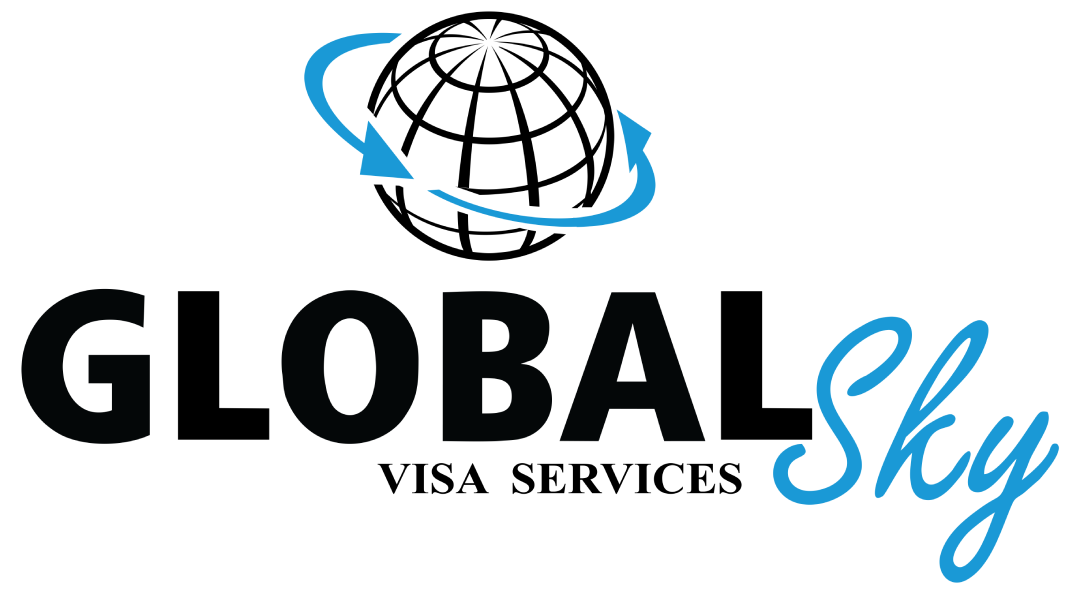
Think of the B1/B2 as a flexible ticket for short trips to the United States. B1 lets you handle business—meetings, conferences, contract talks. B2 is for fun—sightseeing, family time, events. With a combined B1/B2, you can switch hats in the same trip without juggling two visas. It keeps your plans open, which is exactly what you want when travel ideas change after one great coffee conversation.
Do you actually need it
If you’re a UAE national or an expatriate living in Dubai, you should plan on applying for a B1/B2 before you fly. There’s no visa waiver here, so give yourself a little runway. You’ll thank yourself later when your trip starts with a stamp instead of a scramble.
How to frame the process
Treat the application like a bite-size project. One folder. Clear file names. Short notes where needed. Ask yourself four simple questions and make sure your documents answer them without guesswork: why you’re going, what you’ll do, how you’ll pay, and when you’ll be back. When those answers line up, everything else feels easier.
Step 1: Complete the DS-160
Open the DS-160 and move through it slowly. Keep names, dates, and addresses exactly as they appear in your passport and bookings. Upload a recent, compliant photo and save the confirmation page with the barcode in two places—cloud and device. Reading your answers out loud once helps catch odd phrasing and tiny errors that love to hide until the last second. Aim for simple and precise, not clever.
Step 2: Pay the fee
Pay the non-refundable fee through the official system and save the receipt like it’s your boarding pass. Give the file a name you’ll instantly recognize later. A two-second habit now prevents that frantic late-night hunt for “screenshot_final_final(3).jpg.”
Step 3: Book two appointments
You’ll schedule a short stop at the Visa Application Center for fingerprints and photo, then your embassy or consulate interview. Pick dates with a small buffer so you’re not sprinting between commitments. Lock in flights after the interview if your schedule allows; it’s easier on your wallet and your nerves.
Step 4: Prepare your documents
Build a tidy pack that tells one clean story. Include your passport with at least six months’ validity beyond your trip, your valid UAE residence visa, the DS-160 confirmation, the fee receipt, and a printed photo even if you uploaded one. Add your plan—flights on hold or booked, hotel confirmations or your host’s address—plus three to six months of bank statements and a straightforward employment letter or business proof. If there’s a big deposit on your statements, add one short line to explain it. Keep scans clear and upright. Future you at the window will appreciate present you at the desk.
Step 5: Attend the VAC and the interview
The VAC stop is quick and calm. The interview is where clarity wins. Answer what you’re asked, then stop. Use plain English and keep your purpose tight: “Three days for a trade show in Vegas, then four days in New York for tourism.” Consistency matters more than charm. When your words match your form and your form matches your documents, the conversation moves smoothly.
Step 6: Wait for processing
Processing can take a few days or a few weeks, depending on season and workload. While you wait, sketch a loose day-by-day plan, double-check hotel policies, and keep your phone reachable in case someone asks for an extra page or a clearer scan. This is the quiet part—let it be quiet.
Step 7: Receive and review your visa
When your passport returns, check the visa in good light. Confirm your name, passport number, B1/B2 category, validity, and number of entries. Fixing a typo is easiest right away. Once it’s perfect, go ahead and firm up the fun stuff.
How to explain your purpose
Think in headlines, not essays, so the officer can understand your plan in one breath. For business, name the city, the company, the event, and who pays. For tourism, say how long you’ll stay, where you’ll sleep, and when you’ll fly back. For a mixed trip, split it neatly: a few days for meetings, the rest for sightseeing, with hotels and return flight already lined up. A simple one-line outline per day gives your plan shape without turning it into a novel.
Money and ties: make them obvious
Show that you can fund your trip and that your life is anchored in the UAE. Steady balances beat sudden spikes. A practical budget beats a vague “I’ll manage.” An employment letter with role, salary, and approved leave shows stability. A tenancy contract, property proof, or family commitments add weight. You don’t need drama—just believable evidence that you’re going, enjoying, and coming home.
Common mistakes to avoid
The fastest way to slow things down is with small, fixable errors. Watch for mismatched dates, titles, or spellings. Avoid vague answers like “tourism” with nothing behind it. Don’t drop in unexplained large deposits. Don’t ignore photo rules. And don’t trap yourself with non-refundable flights before your interview. Paper is kinder than improvisation—clean it up before you stand at the window.
Quick interview mindset
Dress neat, arrive early, breathe. Keep printed copies of your essentials in the order you’ll likely be asked for them. Expect simple questions: where, why, how long, who pays, and when you’re back. Answer directly and let your documents do the heavy lifting. Confidence here is just preparation in a calm voice.
Timing that keeps you calm
Aim to finish your DS-160 and fee in the same week, grab VAC and interview slots as early as you can, and build a two-to-four-week buffer before your travel date. Choose refundable or flexible hotel rates until your visa is in hand. A little space in your plan turns a tightrope into a sidewalk.
Final note
A US B1/B2 visa from Dubai is manageable when you keep things accurate, simple, and consistent. Show a clear purpose, demonstrate steady funding, and present strong ties to the UAE. Label your files, carry clean copies, and keep your answers short. Do that, and the process stops feeling like a maze and starts feeling like a checklist you’re calmly ticking off—right up to the moment you’re choosing between a sunset walk on the High Line or a late-night slice in Times Square.
